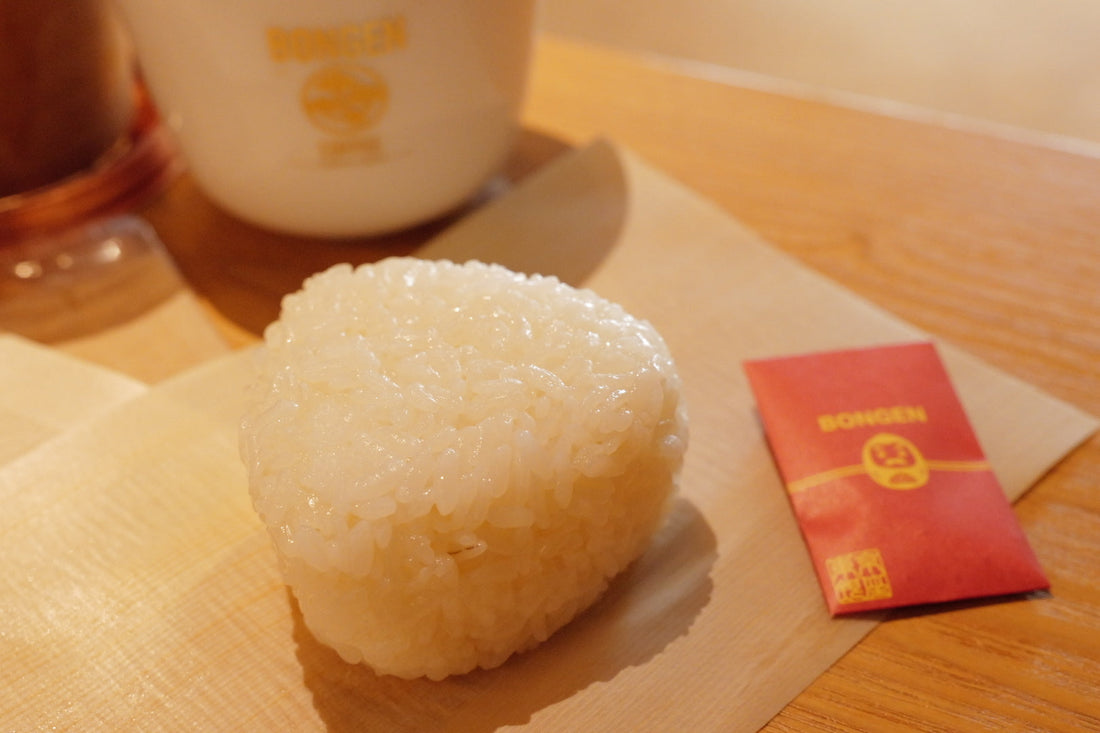読み物
Onigiri Culture and Modern Cafés

Onigiri Culture and Modern Cafés
― Where Japanese Tradition Meets Specialty Coffee ―
The Enduring Culture of Onigiri
Onigiri, or Japanese rice balls, have been part of Japanese life for centuries. From their humble beginnings as simple hand-shaped rice seasoned with salt, to their role as battlefield rations for samurai, onigiri have always represented nourishment, portability, and comfort. Today, they remain a staple of Japanese households, school lunches, and even global Japanese restaurants.
What makes onigiri unique is not just their simplicity but their symbolism. Shaped with care, often by family members, they embody love, connection, and tradition. And while they have traditionally been paired with green tea, modern Japanese café culture is reimagining onigiri’s place at the table.
Onigiri Meets Modern Café Culture
As Japan’s café scene has evolved, onigiri has found a new companion: specialty coffee. Once thought to belong only with tea, the subtle flavors of rice, salt, and fillings are now being paired with espresso-based drinks, creating unexpected yet harmonious combinations.
This shift represents something more than just food—it symbolizes how Japanese traditions adapt and evolve without losing their essence. In this new cultural landscape, one café in Ginza has taken the pairing of onigiri and coffee to the next level: BONGENCOFFEE.
The Role of BONGEN LATTE
The BONGEN LATTE is at the heart of this cultural fusion. Crafted with beans roasted at the SHIRAFUSHI Roastery in Ginza, it offers a bold espresso base softened by silky steamed milk. The latte’s richness and creaminess make it a perfect match for the delicate yet flavorful qualities of onigiri.
・Shio Onigiri × BONGEN LATTE
The natural sweetness of rice and the minerality of salt balance beautifully with the latte’s creamy espresso.
・Miso-Yaki Onigiri × BONGEN LATTE
The charred miso flavor resonates with the roasted notes of espresso, creating a pairing that is smoky, savory, and satisfying.
These combinations highlight not only flavor but also cultural meaning: the marriage of Japan’s oldest comfort food with one of its most refined modern drinks.
Why This Pairing Works
At first glance, rice balls and coffee may seem worlds apart. But in practice, the contrast in textures and the balance of flavors create something entirely new.
・The soft chewiness of rice complements the smooth creaminess of latte foam.
・The savory or salty notes of onigiri highlight the bitterness and depth of espresso.
・Together, they create a dialogue between tradition and modernity, comfort and sophistication.
This is not just about taste—it is about experiencing Japanese culture through food in a way that feels authentic yet innovative.
A Cultural Experience in Ginza
Ginza, Tokyo’s district of luxury and culture, provides the perfect backdrop for this pairing. In a café decorated with bonsai and infused with Japanese aesthetics, BONGENCOFFEE offers more than just drinks. It invites guests to step into a world where food and design reflect the harmony of tradition and modern style.
For Japanese guests, this pairing offers a fresh perspective on familiar flavors. For international visitors, it provides a chance to experience Japanese culture beyond sushi or ramen, through something as simple yet profound as onigiri and latte.
Conclusion
Onigiri Culture and Modern Cafés demonstrate how Japan’s traditions continue to evolve while preserving their soul. Onigiri, once a battlefield ration and now a global comfort food, finds new meaning when paired with the refined richness of the BONGEN LATTE.
This unique pairing, available in Ginza at BONGENCOFFEE, embodies the essence of modern Japan: a country where the past and present are always in conversation, creating flavors and experiences that are timeless yet innovative.
👉 BONGENCOFFEE | OFFICIAL SITE
https://ginza-bongen.jp/